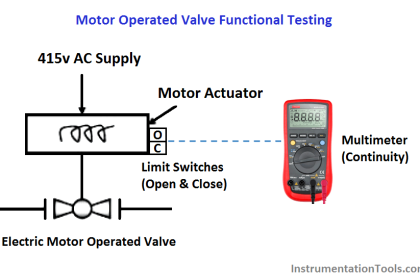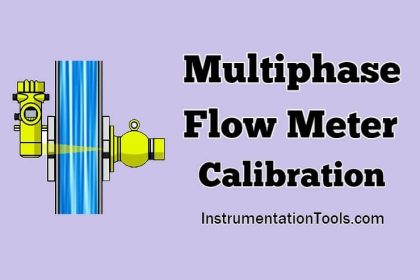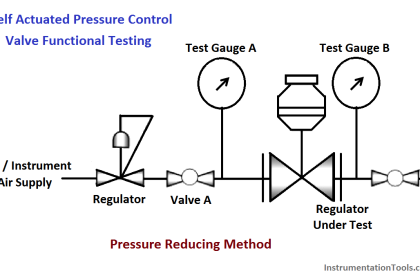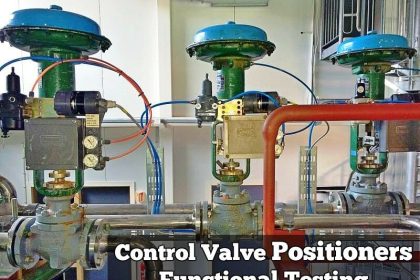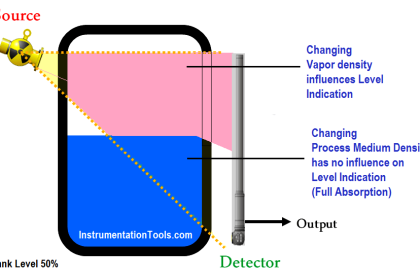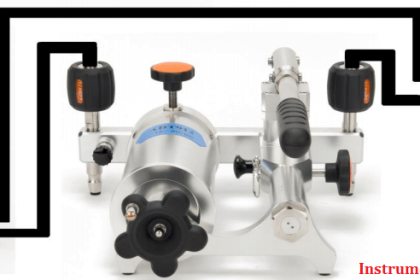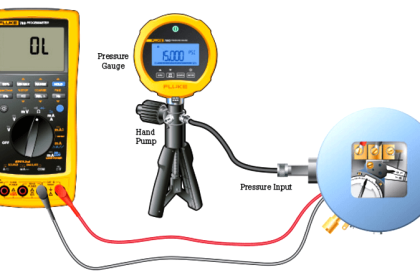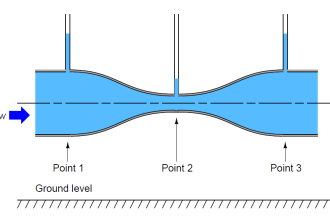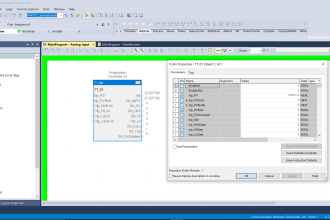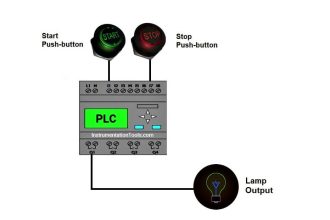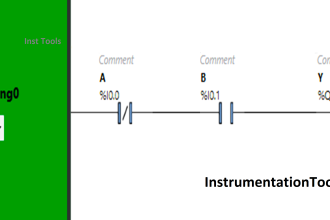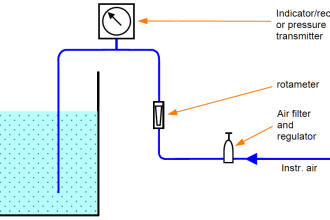Fieldbus Flow Transmitter Configuration
Suppose a FOUNDATION Fieldbus Flow transmitter (DP Type – Orifice) is connected to measure the flow of natural gas inside a pipeline.
The expected range of flow is 0 to 400 GPM and it generates an equal 0 to 135 inches water column pressure.
Determine the proper configuration parameters for this Fieldbus instrument’s Analog Input (AI) block:
Answer :
The Foundation Fieldbus Fow Transmitter have three important parameters to be configured.
The first parameter is “L_Type”, as it is orifice based DP type instrument, we have to select “Indirect Square Root” option.
The second parameter is “XD_Scale”, This scale is the pressure generates across orifice & which is 0 to 135 inches WC.
The Third Parameter is “OUT_Scale”, This scale is the display range of actual units, which is 0 to 400 GPM.
Fieldbus Flow Transmitter Configuration
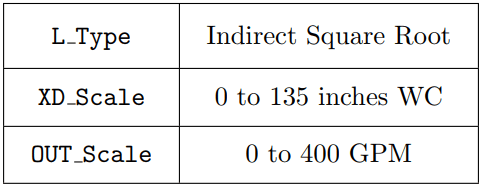
Also Read : Foundation Fieldbus Pressure Transmitter Configuration

